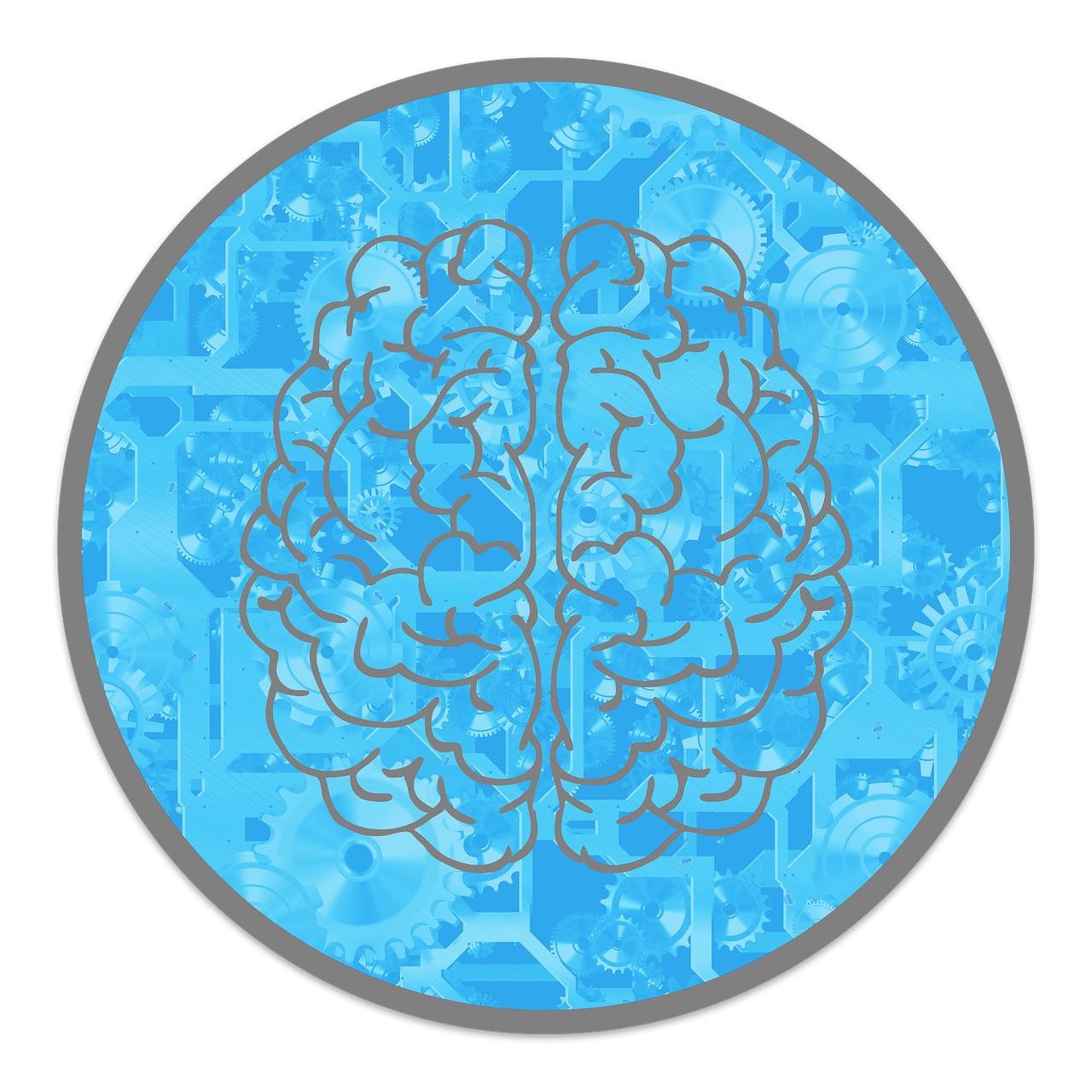
Culture profoundly influences how we perceive, think, and interact with the world.
Our cultural backgrounds shape our cognitive processes, leading to surprising differences in perception, memory, language, and problem-solving across societies.
Understanding these variations enhances cross-cultural communication and personal growth.
Core Concepts: Culture and Cognition
Culture is more than just traditions and customs—it shapes how we think, act, and interpret the world.
It includes the shared beliefs, values, and behaviors that influence the way people communicate, solve problems, and interact with one another.
Cognition, on the other hand, refers to the mental processes that help us perceive, remember, and make decisions.
It’s how we learn, process information, and understand our surroundings.
The connection between culture and cognition is powerful.
The way we think and interpret the world is shaped by our cultural background.

Surprising Cross-Cultural Differences in Cognition
It may surprise you to learn that where we come from influences how we see, remember, and even solve problems.
Culture doesn’t just shape traditions—it also affects how our minds work.
Perception
People from different cultures focus on different things when looking at the same scene.
- Western cultures tend to focus on individual objects, like a person or an animal in a picture.
- East Asian cultures pay more attention to the whole scene, noticing how objects relate to each other.
This reflects broader cultural values: Western cultures emphasize individualism, while East Asian cultures prioritize relationships and context.
Memory
Culture also affects how we recall memories.
- In Western cultures, people tend to remember personal details, focusing on their emotions and achievements.
- In East Asian cultures, memories are often more group-centered, highlighting social interactions and shared experiences.
This difference aligns with how societies value individual success versus collective harmony.
Language and thought
The language we speak can influence how we think.
- Some languages have specific words for colors, directions, or emotions that don’t exist in other languages.
- This affects how people categorize and perceive the world—a concept known as linguistic relativity.
For example, some Indigenous Australian languages use cardinal directions (north, south, east, west) instead of left and right.
Speakers of these languages naturally develop a stronger sense of orientation than those who use left/right distinctions.
Problem-solving and decision-making
Different cultures approach problem-solving and decision-making in unique ways.
- Western cultures use analytical thinking, breaking problems down into smaller parts and focusing on logic.
- East Asian cultures take a holistic approach, considering how different elements connect and interact.
These thinking styles impact everything from education and business strategies to everyday decision-making.

Implications and Applications
Knowing that people from different cultures think in different ways isn’t just interesting—it’s useful in everyday life.
Here’s how recognizing these differences can make a real impact.
Cross-cultural communication
People from different cultures see and interpret the world differently.
When we understand this, we can communicate more clearly and avoid misunderstandings.
Whether in business, travel, or daily interactions, recognizing different ways of thinking helps us connect more effectively with others.
Education
Teachers who understand cultural thinking styles can create better learning experiences.
- Some students thrive with step-by-step, analytical approaches.
- Others learn best by seeing the bigger picture and understanding relationships between concepts.
By using both styles in the classroom, educators can engage all students and improve learning outcomes.
Business and marketing
In global business, one-size-fits-all strategies don’t work.
Successful companies adapt their messaging to different cultures.
- In individualistic cultures, marketing often focuses on personal success and individuality.
- In collectivist cultures, messages highlighting family, community, and shared benefits are more effective.
Understanding cultural thinking helps businesses connect with customers, build trust, and increase success.
Personal growth
Learning about cultural differences in thinking helps us grow as individuals.
It encourages:
- Self-reflection – understanding how your own culture has shaped your thinking.
- Empathy – appreciating different perspectives and adapting to new ways of seeing the world.
In a diverse and interconnected world, being open to different ways of thinking makes us better communicators, problem-solvers, and global citizens.

Final Thoughts
Culture’s influence on cognition underscores the diversity of human thought.
By understanding and appreciating these differences, we can enhance communication, education, and collaboration across cultures.
Embracing cognitive diversity enriches our global interactions and personal experiences.


